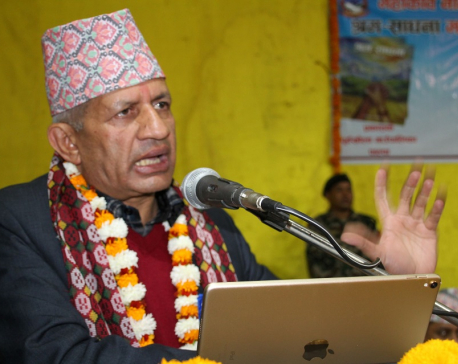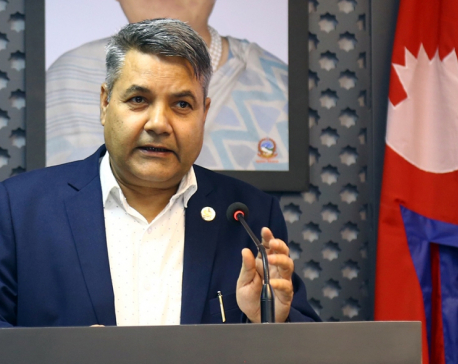
OR
Indian officials often complain, in conversations with Nepali media, that despite doing so much for Nepal, Nepalis still hold anti-India sentiments. At times, they tend to suggest that Nepal has been an ungrateful neighbor. No doubt, with India, Nepal has had historical cultural, social and people-to-people ties. We are connected as much with common cultural and religious values as with geography. And yet, Nepal’s relations with India, and from the same logic, India’s relations with Nepal, have not been trouble-free. In 2015, India imposed blockade on Nepal by citing concerns with the constitution of Nepal. People across the country, as well as political parties, stood against India’s unjust move. Just as relations between the countries were returning on an even keel, a new irritant has reemerged.
After the recently unveiled political map of India included Nepali territory of Kalapani inside India, protests have been going on in Kathmandu and several parts of the country against this erroneous move. Students have been protesting and in social media, people are expressing rage against Indian encroachment of Nepali territory. The resentment that spilled out in 2015 has made a comeback. The territory of Kalapani belongs to Nepal. All historical evidences, including the maps and drawings, prove that. Yet India has claimed this territory in its political map. It should not have done so especially when India itself had agreed to resolve border issue through foreign secretary level bilateral mechanism in 2014 and when the report of Eminent Persons’ Group (EPG), which among other things has apparently made recommendations for resolving border-related issues, is yet to be accepted and made public. On Kalapani, India’s move is unilateral and wrong, which is why political parties across the board, civil society and media together have decried it in unison. The world’s largest democracy would be wise to heed the voices of grievances coming from Nepali side and take measures to resolve the differences amicably.
Mistakes have been made from Nepali side as well. As Republica has found out, even the maps used in the coat of arms used by several government offices in Nepal on their official websites are not in line with Nepal’s official map released by the Department of Survey (DoS) which has Kalapani within the Nepali territory. Such negligence from the part of government of Nepal is inexcusable and it must correct those faulty maps immediately. The government of Nepal rightly objected to inclusion of Kalapani in India’s map and drew the attention of Indian government over this matter. The government of India has claimed that its map contains only the Indian territory, indirectly suggesting Kalapani also belongs to India. But Ministry of External Affairs has also recognized that “boundary delineation exercise with Nepal is ongoing under the existing mechanism” and expressed the commitment to finding a solution through dialogue in the spirit of close and friendly bilateral relations. Nepal has also conveyed the message that “remaining outstanding boundary issues should be resolved through mutual consensus.” Both the governments need to work in this spirit. We urge both India and Nepal to take this issue really seriously and take diplomatic initiatives to solve the matter. Border encroachment from Indian side has been a key irritant in friendly ties between Nepal and India. Inclusion of Kalapani in India’s political map has agitated Nepali people. It should be resolved as early as possible through diplomatic channels. India, in particular, should feel greater urgency for this.
You May Like This

Nepal is all committed to safeguarding its land: Minister Gyawali
PALPA, Nov 16: Minister for Foreign Affairs Pradeep Kumar Gyawali has said that the government is all committed to safeguarding... Read More...

India has encroached upon two percent Nepali territory, says government spokesperson
KATHMANDU, Nov 7: The government will hold talks with the southern neighbor India to resolve existing border disputes through diplomatic... Read More...

Further deepening Nepal-India ties emphasized
KATHMANDU, Jan 25: The age-old Nepal-India relations should be further deepened and strengthened as per the need of the new... Read More...







Just In
- NRB to provide collateral-free loans to foreign employment seekers
- NEB to publish Grade 12 results next week
- Body handover begins; Relatives remain dissatisfied with insurance, compensation amount
- NC defers its plan to join Koshi govt
- NRB to review microfinance loan interest rate
- 134 dead in floods and landslides since onset of monsoon this year
- Mahakali Irrigation Project sees only 22 percent physical progress in 18 years
- Singapore now holds world's most powerful passport; Nepal stays at 98th











Leave A Comment